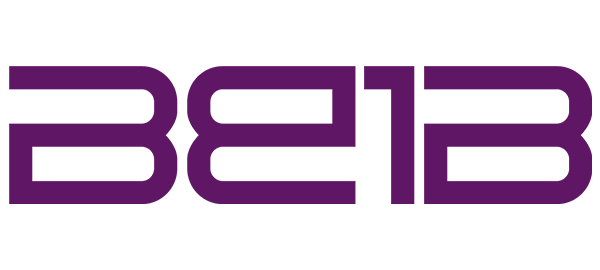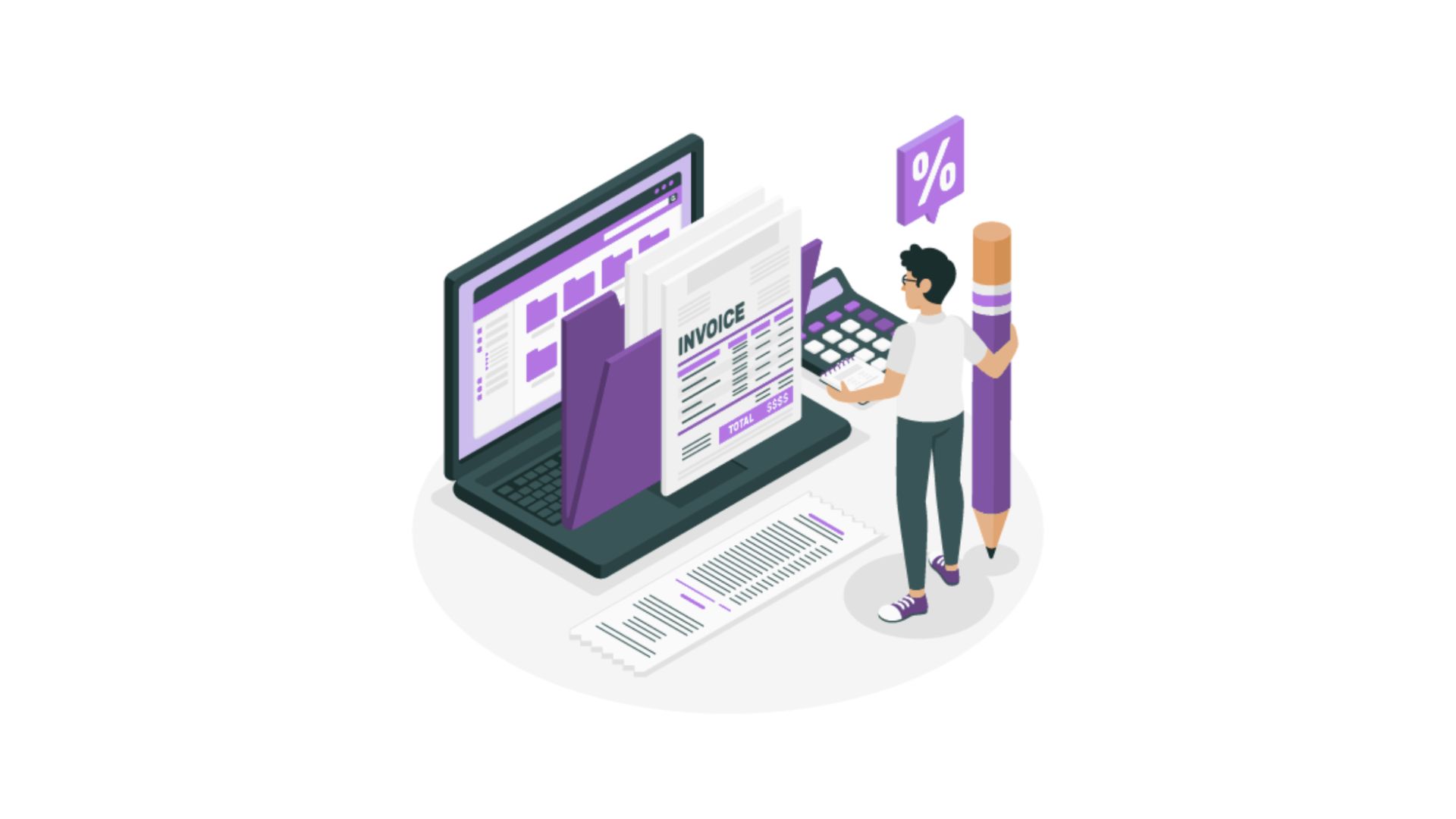Managing accounts receivable can be one of the most time-consuming aspects of running a business. Between generating invoices, following up on overdue accounts, and reconciling payments, finance teams often find themselves buried in repetitive tasks that eat into valuable time.
Automation changes the game. By shifting routine AR processes onto smarter systems, businesses can get paid faster, reduce errors, and free up finance teams to focus on strategy instead of paperwork.
Here are 10 accounts receivable tasks that can be automated today to help keep cash flow predictable and reduce the admin burden.
1. Invoice Generation
Manually creating invoices takes time and increases the risk of mistakes. Automation tools can generate e-invoices the moment a transaction occurs, ensuring accuracy and consistency.
2. Invoice Delivery
Rather than attaching files to individual emails, automation allows invoices to be sent directly to customers with personalised messaging — and even scheduled at the best time for payment.
3. Payment Reminders
Chasing late payments is never pleasant. Automated reminders take the pressure off finance teams by sending polite, scheduled nudges to customers, making collections smoother and more consistent.
4. Payment Collection
Integrating automated accounts receivable systems with payment gateways gives customers easy, secure options to pay — whether by card, bank transfer, or open banking — helping businesses get paid faster.
5. Cash Application
Matching payments to the right invoices is often tedious. Automated systems apply payments directly using reconciliation rules, saving hours of manual checking and reducing errors.
6. Credit Checks
Before extending terms to new customers, automated credit checks can run instantly, helping businesses manage risk more effectively and avoid future collection issues.
7. Dispute Management
When issues arise, automation ensures disputes are flagged, routed to the right person, and tracked until resolution. Nothing gets lost, and customer relationships stay on track.
8. Reporting and Analytics
Automation makes it possible to generate real-time AR reports and dashboards. Instead of waiting for month-end, finance leaders can see their days sales outstanding (DSO) or overdue accounts instantly.
9. Customer Communication Logs
With automation, every reminder, dispute note, and payment update is logged centrally. This gives finance teams full visibility without needing to dig through endless email threads.
10. Reconciliation
Automation makes month-end reconciliation much smoother by matching payments across bank accounts, invoices, and ledgers automatically — reducing stress and improving accuracy.
Bringing Accounts Receivable Automation Into Your Business
Adopting accounts receivable automation doesn’t have to mean overhauling your entire finance setup. Even small steps, like automating reminders or reconciliation, can make a big difference to cash flow and efficiency.
Platforms like The HUB by Be1B are designed to make this transition simple. Businesses can sign up for free and begin automating essential AR tasks straight away — without complicated integrations or heavy costs. It’s an easy way to see immediate benefits while laying the groundwork for smarter finance operations long-term.
Conclusion
The repetitive nature of accounts receivable means it’s perfectly suited to automation. By streamlining tasks such as invoicing, reminders, reconciliation, and reporting, businesses can spend less time chasing payments and more time planning for growth.
If you’re ready to reduce admin and improve cash flow, consider trying an AR automation tool. The HUB by Be1B is one option that makes it easy to get started, with free access and a simple setup.
Sign up for free today and put accounts receivable automation to work for your business.




